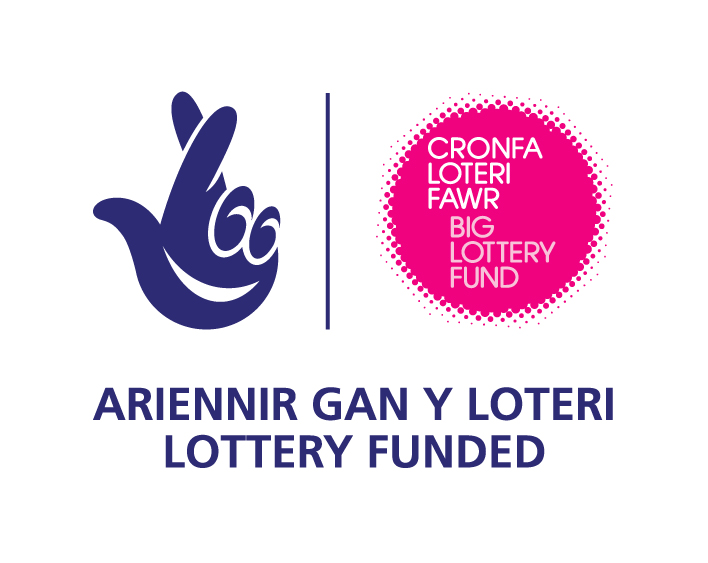A walk with Jim Perrin and Homan Yousofi in Snowdonia
Becoming a community champion has helped to give me the confidence and the support to organise other kinds of activities within the National Park. I recently organised a literary walk to connect the literature and the landscape of the area with help from Mosaic and the Snowdonia Society.
The much loved nature writer, raconteur and Guardian columnist Jim Perrin had kindly agreed to take us on a personally informed ramble around Cwm Pennant in the Snowdonia National Park. He has written about this magical place in his short story The Burning from his collection A Snow Goose, and this was the inspiration for our ramble.
The valley is easy to miss despite its size. It is circular and enclosed – bordered on three sides by the mountains of the Nantle Ridge, Y Garn, Mynydd Tal Y Mignedd and Moel Lefn. Despite a gathering of some seasoned walkers, Snowdonia enthusiasts and climbers within our mix, we concluded that none of us had before visited the valley as we awaited our host between the church and a crumbling farmhouse near its entrance.
On his arrival, our first insight was being told that the crumbling farmhouse was actually the remaining ruins and foundations of an old welsh castle, yet unmarked on signs and rarely described in popular guidebooks. We all piled into three cars and drove in towards the foot of Cwm pennant to the river Dwfor to start our walk. As well as a mix of ethnicities and backgrounds, we had a core group from Accessible Snowdonia, a group for visually impaired walkers.
As one of our walkers remarked, the cove- like sides that surround Cwm Pennant gives a lot of respite from the elements and wind. It has a goldilocks size that can both inspire awe and has a closeness that is comforting and peaceful. Jim revealed he had lived in the valley when a group of ecologically minded people (“hippies” ) had moved here in the 70’s. He told us that their identity had become closely tied to the land as they also became fluent in the language and rhythms of the place. There were lots of anecdotes, such as the time a goat had got tangled in the bell ropes of the church and it had made the most surreal and ghostly music; and the ingenious ways that they would all come up for fishing for salmon in the river. Parts of it really did look like a magical fairy land.
We were treated to poems and myths and maybe-myths as we wound around our path and up to the abandoned and very beautiful remains of the 19th century slate workings. From here we took our breath and a view of the whole valley. The mine had become overtaken by trees and nature, leaving the ruins and a collection of monolith looking arches of different stones standing tall in the clearing. It felt like a special and esoteric place to have been brought to. Apart from a sole human dot of a climber on top of a ridge high above (and of course ourselves), the valley was otherwise completely left alone – despite it being a Saturday of a bank holiday weekend! This was a treat but also sad as everyone had moved from the valley.
As we completed our long walk we found time to chat about all kinds of other things. This is the special thing about being inspired by a landscape – it opens the mind and the heart.
Up to this point the weather had held out on us despite the weatherman’s insistence otherwise. But now towards the end of our walk it began in earnest. As the group made their way back, three of us – the designated drivers – separated from the group to retrieve the cars. We cut into a soggy marsh, trudged through a shallow river and into a field of ominous looking cows, all of which Jim described as a “short-cut”, while the others took shelter from the shower.
It was only later, after we returned and I had hung my boots to dry that the peacefulness of Cwm Pennant sunk in. It was a pleasure to have discovered this place and to have helped others discover it too.
Homan Yousofi
 Homan is a Community Champion with the Mosaic project in Wales, which runs in partnership with the three Welsh National Park Authorities and the YHA. The project is funded by the Big Lottery People and Places fund.
Homan is a Community Champion with the Mosaic project in Wales, which runs in partnership with the three Welsh National Park Authorities and the YHA. The project is funded by the Big Lottery People and Places fund.
